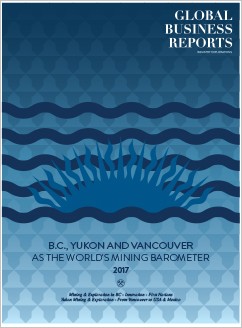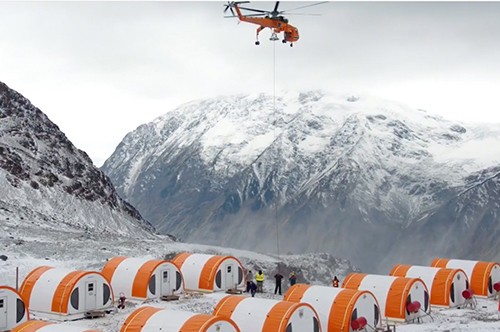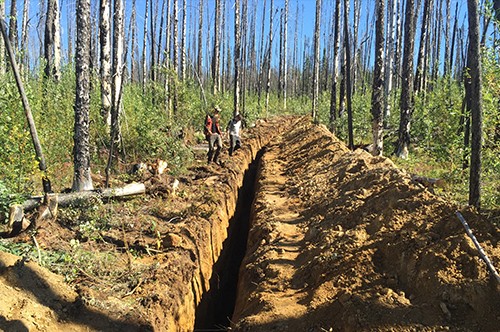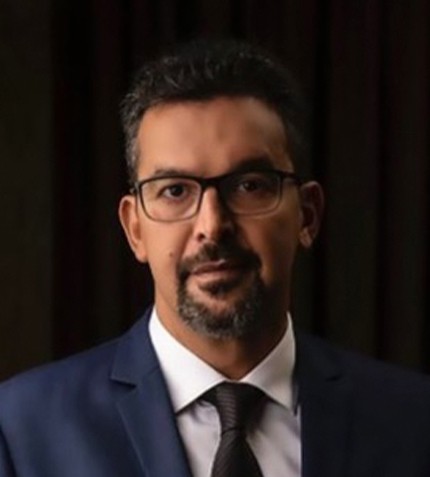
PUBLICATION
British Columbia, Yukon and Vancouver Mining 2017
As long-time mining jurisdictions, British Columbia and Yukon have recently seen increased exploration dollars benefiting from their political stability, improved commodity prices globally and a hub of geological talent in Vancouver. In B.C., the new NDP government has come to power at a turning point: production in both coal and copper has increased, complemented by advancements in technology and AI to optimize operations. Moreover, to replenish resources, junior activity in early stage projects has picked up across the province, although the Golden Triangle is attracting most of the investor’s dollars. Up north in Yukon, two new producers are on the horizon and the recent rush of majors investing into the region has caused locals to term the phenomenon ‘the third Klondike’. Western Canada remains a safe destination, however, Vancouver-based players seeking adventure, larger silver and gold deposits and shorter processing times have looked south to USA and Mexico as a focus or extension of their portfolios. For these developments and global mining activity, Vancouver acts as a center for raising capital and networking, and remains a key destination for any mining entrepreneur to gauge sentiment for the industry globally.













